I know there were older posts about lighting up old vacuum tubes but I would also like to turn them on and off. I am a complete newbie with no real electronic experience here so please bear with me.
I bought an old cabinet full of brand new but very old tubes that I would like to use/light up as decorative items. Some gave great information on how to light them up, thanks so much, but I would also like to program the lights to go on/off in an interesting way.
I know Amazon sells simple kits that you can create these kinds of things (at least I think they would.) But also what would you all recommend if this was my goal with these tubes? Again complete electrical newbie but very much appreciate any tips, tricks or insights on this project.
Here is a possible Amazon product that I might be able to use.
